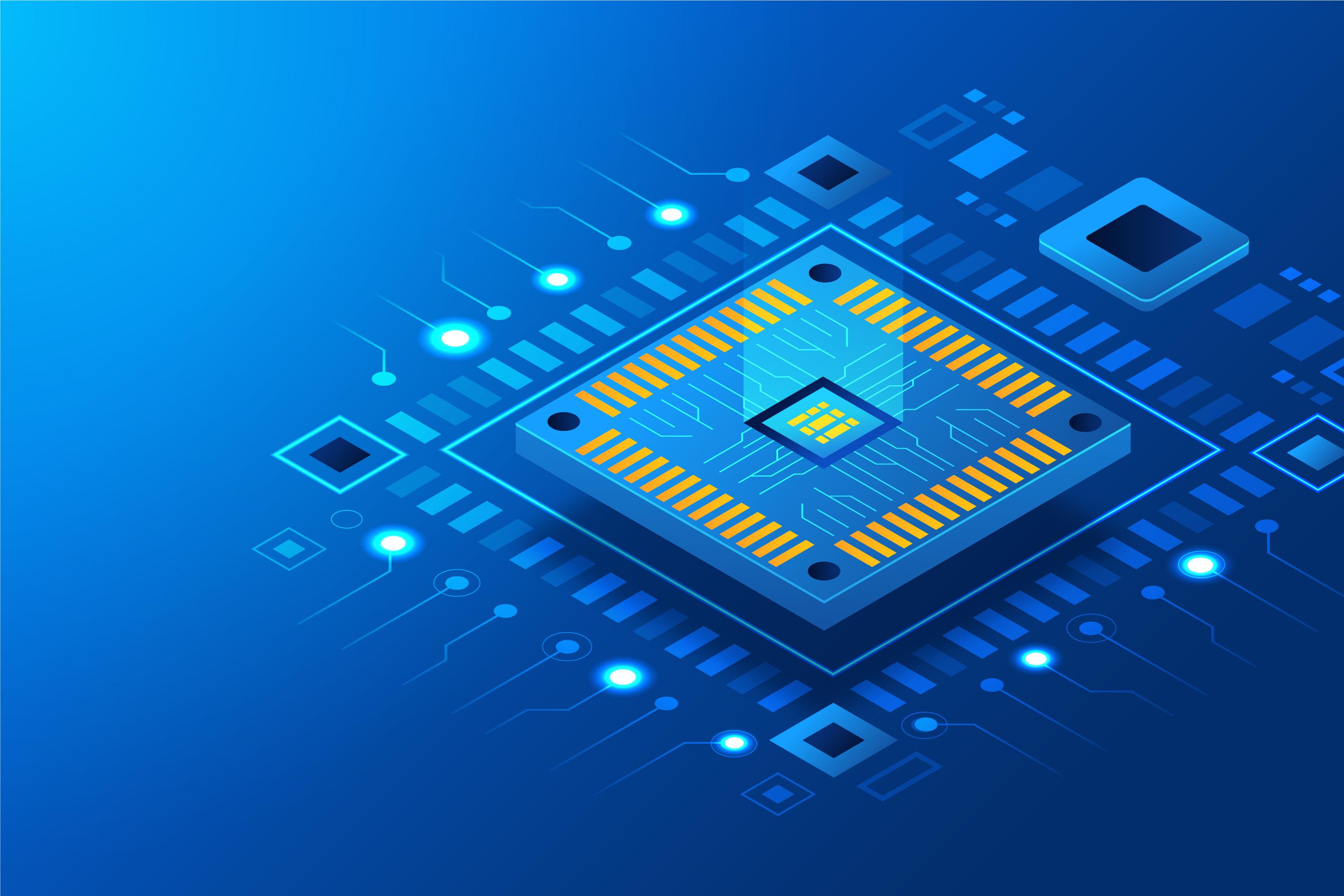The Little Chip That Runs the World: A Look at System-on-Chip

Let’s be honest—most of us never think twice about what powers our smartphones, smart TVs, or even the increasingly “smart” fridge humming away in the corner. But if you’ve ever taken a genuine interest in how tech really works, you’ve probably stumbled across a term that sounds both simple and confusing at the same time: System-on-Chip, or SoC.
I first heard about SoCs during a late-night rabbit hole on how my phone works. One moment I was watching a teardown video on YouTube, and the next I was completely hooked. It’s not just another chip on a board—it’s the brain behind the modern digital experience. And the more I learned, the more I realized how incredibly foundational SoCs have become in just about every gadget we rely on today.
What Exactly Is a System-on-Chip?
At its core, an SoC is exactly what it sounds like—a complete system built onto a single chip. Instead of having separate components like a CPU, GPU, RAM, and various controllers scattered across a motherboard, a SoC integrates all of these into one compact unit. That means more efficiency, better performance, and lower power consumption. It's like packing an entire orchestra into a single musician. And somehow, they still manage to play a flawless symphony.
This integration isn’t just some cool engineering trick. It has real-world advantages. For mobile devices, it translates to thinner designs, longer battery life, and faster processing. For developers, it means easier and more efficient designs. For users like you and me? It means smoother gaming, better camera performance, instant app launches, and everything else we take for granted when we tap a screen.
SoCs in Everyday Life
You don’t need to be a tech geek to appreciate what SoCs are doing for us. That smartwatch on your wrist? It’s running on a custom SoC. The security camera watching your front porch? Same deal. Even cars—especially electric and autonomous ones—are loaded with SoCs managing everything from battery usage to real-time navigation.
And here’s the thing that’s really mind-blowing: each of these chips is uniquely designed for the device it powers. Apple, for instance, has its own A-series SoCs that power iPhones and iPads. Tesla uses custom SoCs to handle their cars' infotainment systems and even Autopilot. It’s like every company is building its own little genius, designed specifically to do one job extremely well.
The Market Is Just Warming Up
I recently came across a report by Roots Analysis that really put things into perspective. According to them, the system-on-chip market size is projected to grow from USD 170 billion in 2024 to USD 394.6 billion by 2035, representing a CAGR of 7.95%, during the forecast period till 2035.
That's not just “strong growth” in corporate-speak—that’s an explosion. And honestly, it makes sense. As more of the world becomes connected, from factories and farms to wearable health monitors and home robots, the need for powerful, efficient, and specialized chips will only rise. SoCs are positioned right at the heart of that demand.
Challenges and the Road Ahead
Of course, it’s not all smooth sailing. Designing SoCs is complicated. You’re trying to cram multiple complex systems into a space the size of a fingernail. Heat becomes a problem. Debugging gets messy. And once you produce a chip, you can’t just tweak it like you would with software. The stakes are high.
But these challenges are also driving innovation. We’re seeing advances in chip architecture, 3D stacking, and new materials like silicon carbide. Startups and big players alike are pushing the envelope. The race isn’t just about packing more transistors—it’s about designing smarter, more adaptable chips.
Final Thoughts
There’s something kind of poetic about SoCs when you think about it. These tiny, barely visible chips have become the unsung heroes of modern life. We touch them every day without realizing it. They keep us connected, entertained, productive, and, in many ways, alive. And they’re only going to get more important as we move deeper into a world filled with smart, autonomous systems.
It’s strange to feel emotional about a piece of silicon. But maybe that’s what makes technology so fascinating—it’s not just about circuits and code. It’s about the way these tools quietly shape our lives behind the scenes. And in the story of how technology powers the future, System-on-Chip is quickly becoming the main character.
Note: IndiBlogHub features both user-submitted and editorial content. We do not verify third-party contributions. Read our Disclaimer and Privacy Policyfor details.





